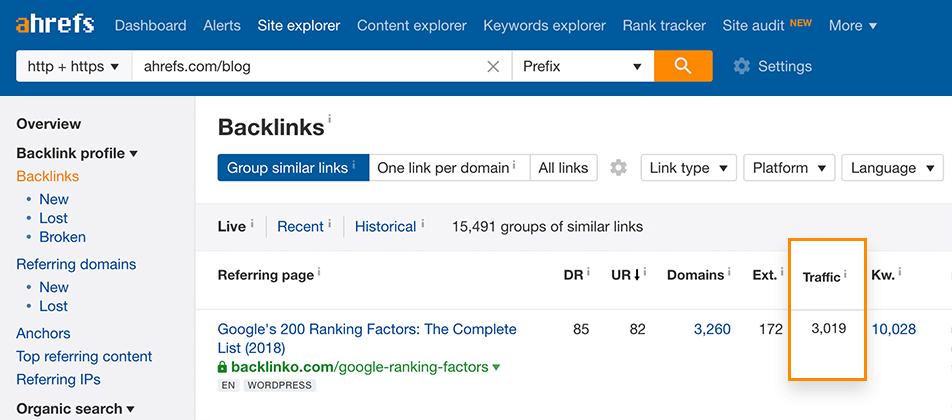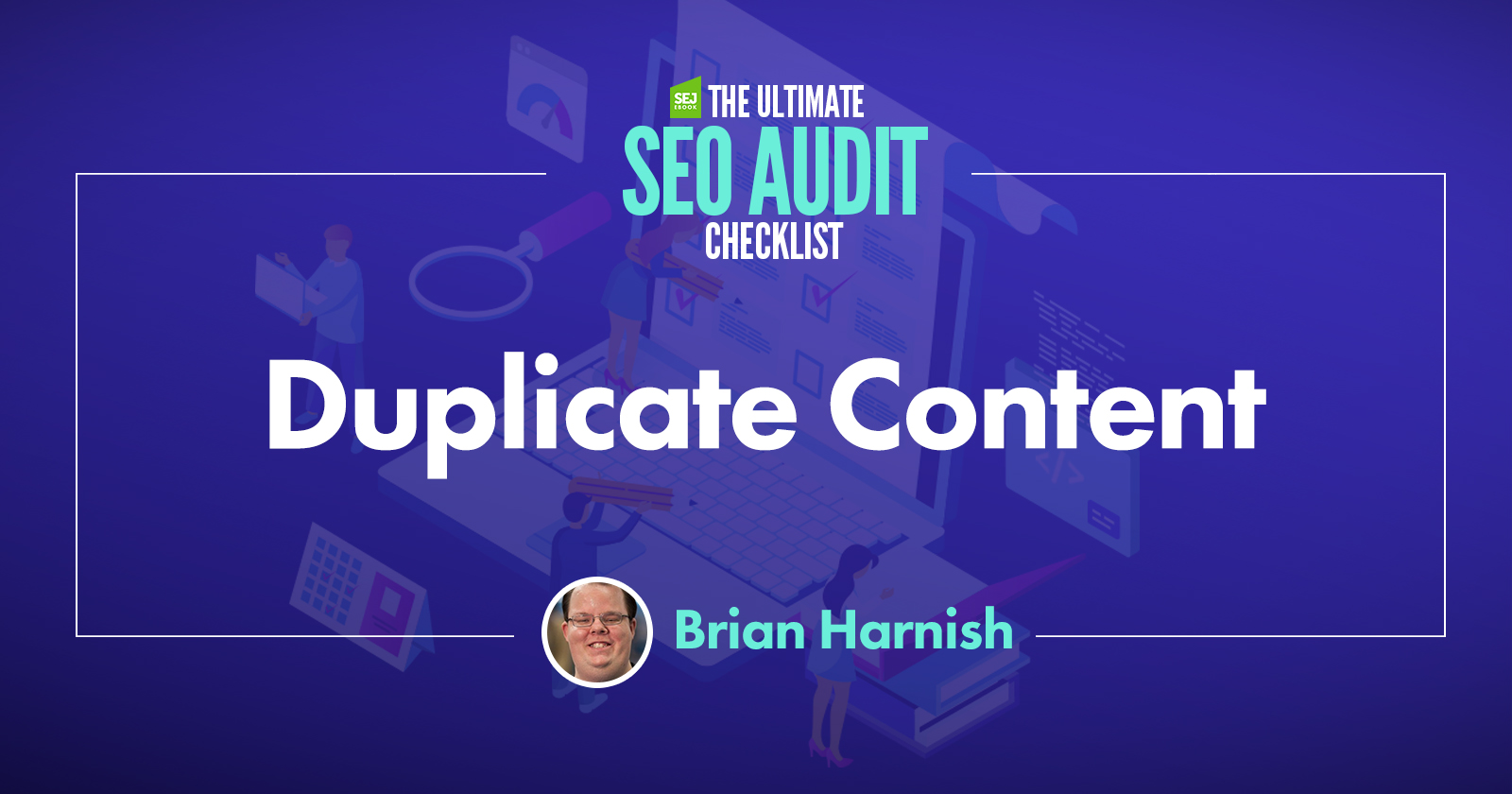
SEO (search engine optimization) can be a huge benefit for small businesses. Search engine optimization (SEO) is a powerful tool that can help small businesses. It is more effective than direct traffic, which is when people search for your website or bookmark it. Your website will still be found by search engines even if they cannot find it on Google's first page. SEO can help you be found in search results which will lead to more organic traffic, and ultimately more sales. These are some suggestions to help make your website visible in search engine results.
The lifeblood of SEO is the links
It is possible to generate passive links to your site by creating top content. You can attract links with podcasts, infographics, blog posts, and other content. Links indicate that other websites favor your content. The more links you have, the higher your site's quality and value. It's easy to get relevant links through press releases, business directories and guest postings on third-party blogs.
Blog posts are a great way for your website to stay current
A blog is a great way for small businesses to stay on top of things. This helps to build credibility and trust in the industry. This leads to higher conversions rates. You can also show your personal side and still maintain the same corporate standards. A blog allows small businesses to stand out from the rest and increase demand for their products. So, why not start blogging today?

SEO strategies include technical audits.
A technical audit is one of the most critical parts of any SEO strategy. A technical audit is a way to find problems with websites. In one instance, the company divided its content into seven domains. Each domain built its own search engine power. The company did not have a proper migration plan and redesigned the site. It left behind thousands of pages and hundreds upon thousands of inbound linking. The result? The website is currently not able to rank well in Google and other search engine searches.
Create a logical website structure
A logical website structure is one of the best SEO strategies for small businesses. The website should include a home page, service pages, and individual pages that describe each service. Most websites follow a pyramid-like structure, with the homepage at the top. Google indexes websites with logical structure. This helps avoid duplicate pages and allows them to not compete for the same keywords. Also, the more important pages of the site should be indexed first so that they appear high in the search results.
Organic traffic can be driven by long-tail keywords
Although you may think it is difficult to compete with giants such as Amazon and Google, small businesses can still benefit from long-tail keywords. Long-tail keywords are search phrases that include four or more words. These search phrases are more specific and more likely to be converted. You can find long-tail keyword information in many places such as Google Analytics and social media reports.

FAQ
How often should I update the website?
There are several options to update your site. One option is to use a CMS (Content Management System). This will allow you to edit all the content on your site easily without needing any code.
Another option is to install a plugin that automatically updates the website. You can buy these plugins through WordPress stores or install them yourself.
WPtouch, Yoast, and several other plugins are free. It is best to experiment with different methods and then decide which method works best.
What is an SEO Campaign?
A SEO campaign is a collection of activities that are designed to increase the visibility of a specific webpage or domain name on search engines such as Google, Bing and Yahoo. These activities include optimizing title tags, meta descriptions tags, URL structure and page content.
SEO campaigns typically begin with keyword research, identifying keywords likely to increase organic traffic. After keywords have been identified, optimization must be done throughout the entire website, starting at the homepage and ending on individual pages.
What are the differences between SEO strategies?
Search engine optimization (SEO), search media optimization (SMO), as well as pay-per click advertising (PPC) are all examples of different SEO strategies.
With SEO, you optimize content for certain keywords using text formatting, HTML code, and other features.
This helps make sure your site appears higher on search results pages.
Social media optimization (SMO), is a way to optimize your website for use on social networks such Facebook, Twitter, and Google+.
These online assets help to establish your brand reputation, which makes it more attractive for visitors searching for related topics.
PPC ads can also be found at the top of search results pages. They show relevant products, and services.
An advertisement on Google paid Search is the most commonly used type of PPC ad. These cost money but can be extremely effective.
There are many other types of PPC advertising, including video ads, display ads and sponsored posts.
What are some of the best tools to do on-page search engine optimization?
The best tools for on-page SEO are video embeds, image alt tags, structured data markup, and internal link structure. This article will provide more information about these issues.
Link building can help me improve my ranking.
Link building refers to the creation of high-quality backlinks that link to your site. It's essential to ensure that the sites linking to yours are relevant to your business. The more authoritative and unique the link is, the better.
Statistics
- Sean isn't alone… Blogger James Pearson recently axed hundreds of blog posts from his site… and his organic traffic increased by 30%: (backlinko.com)
- A 62.60% organic traffic boost to that page: (backlinko.com)
- Deleting those 10k pages is one of the main reasons that he improved his site's organic traffic by nearly 90%: (backlinko.com)
- Which led to a 70.43% boost in search engine traffic compared to the old version of the post: (backlinko.com)
- 93%of online experiences today begin on search engines. (marketinginsidergroup.com)
External Links
How To
How do you create your first blog site?
It's simple! WordPress is a wonderful tool to help you create a blog. WordPress allows users to easily modify the look of their blogs, including adding themes, changing colors and customizing the layout. They can also add plugins which allow them to alter certain aspects of their site based upon visitor activity.
There are many free templates available on wordpress.org, as well as premium templates that you can purchase. Premium templates come with additional features such as extra pages, extra plugins, and advanced security.
After you have downloaded the template, you will need to sign up to a free hosting account to upload your files to your blog and manage it. There are many hosts that offer free accounts. However, there may be restrictions on how much storage you can use, the number of domains you can host, or how many emails can you send.
If you decide to use more than one domain name, you'll also need to buy separate email addresses. This service may be charged by some hosts.
It's easy to wonder why someone would pay to host a blog online, especially if you're just starting out with blogging. The majority of hosts offer unlimited storage so files aren't deleted even if accidentally deleted.
Many hosts let you host multiple domains. That means that you can have different websites under the same hosting plan. It is possible to avoid multiple email accounts by registering for one interface, allowing you to manage all of your sites from the same place.
Some hosts offer social media sharing buttons that allow visitors to quickly share their posts on the web.
Most hosting companies offer tools for managing your blog. You can view the performance stats of your website, see how many people visited each post, and compare your traffic with other blogs.
These tools can make managing your website easier and quicker, so it's worth taking a look at them before you commit to a hosting plan.
To sum up:
-
You can choose a topic related to your business.
-
Create engaging content;
-
Optimize your site using SEO techniques;
-
Promote your site using social media channels;
-
Monitor your statistics regularly to make changes where necessary;
-
Remember to update your blog regularly.
In other words, create quality content, promote it effectively, track its success.